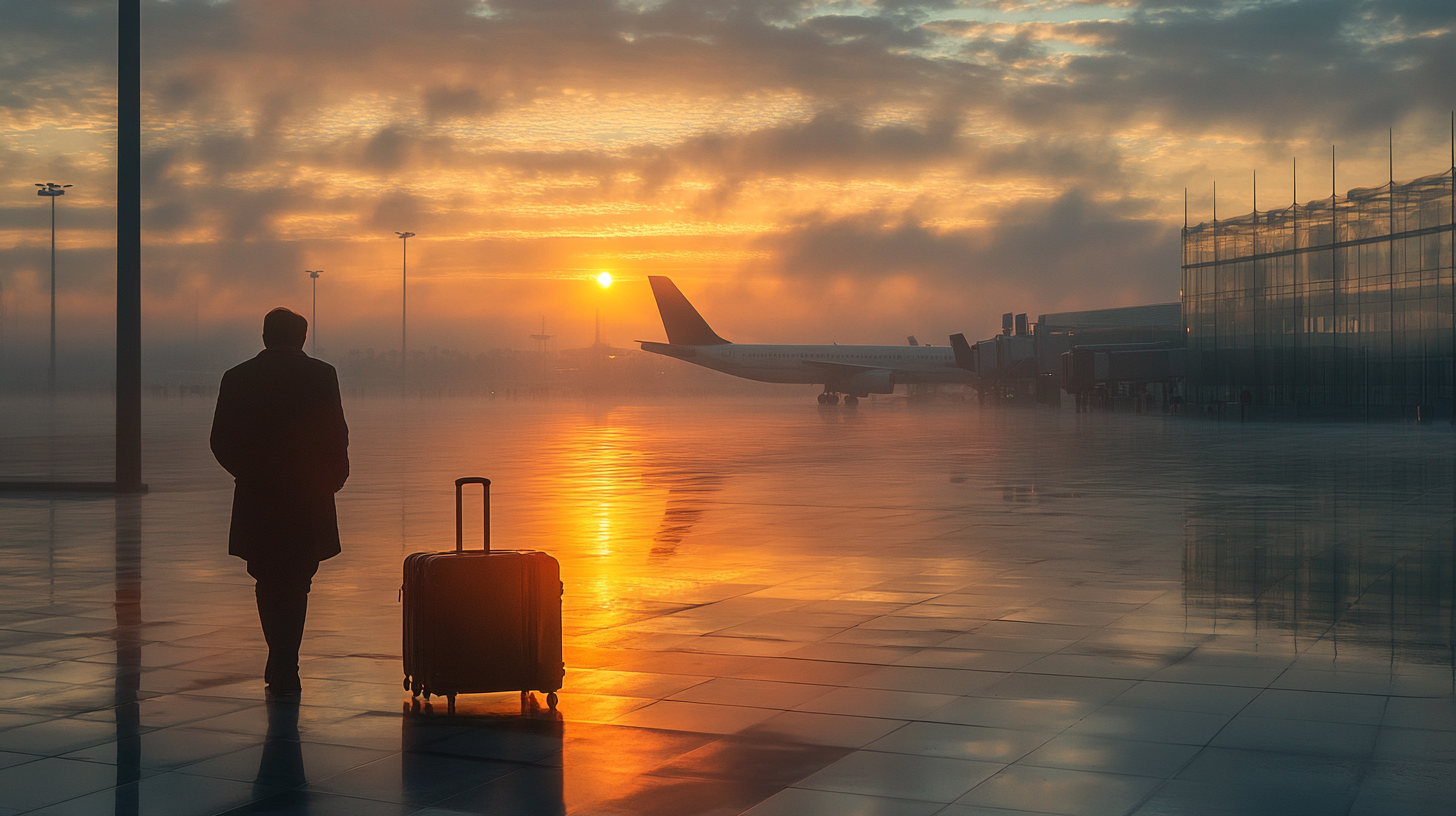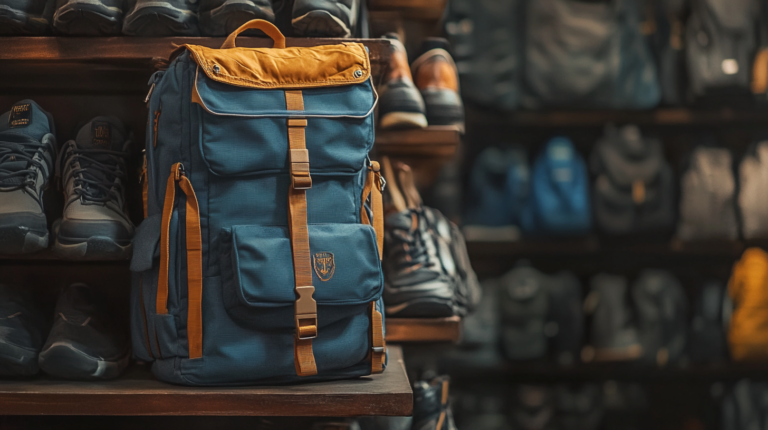Business Travel’s Next Chapter: A milesBUZZ Look
Business travel took a major hit back in 2020 when the pandemic forced corporate budgets to tighten, but the landscape has been shifting steadily, especially here in 2025. I’ve noticed that many frequent flyers are now easing back into the routine with purposeful trips that blend ROI, safety, and just the right amount of leisure. According to industry data, global corporate travel spending dropped by 52% in 2020, with the U.S. experiencing an even steeper decline of 71%. Yet here we are, seeing cautious optimism across the board as more people step aboard flights with renewed focus.
1. Agile Policies and Purposeful Trips

Agility has become the cornerstone of post-pandemic corporate travel strategy. Many organizations are emphasizing ROI-focused journeys that clearly justify costs and benefits. Companies have found it essential to develop trip-specific guidelines and encourage purposeful travel instead of one-size-fits-all policies. By revisiting internal metrics and traveler profiles, frequent flyers can expect more targeted itineraries designed to maximize both productivity and comfort.
In my own travels throughout early 2025, I’ve observed that companies are segmenting their workforce into groups—some employees travel frequently for high-impact meetings, while others rely on remote tools for day-to-day interactions. A recent study suggests over 60% of large corporations have revamped their travel guidelines to specify goals for each trip, whether it involves pitching new clients, collaborating face-to-face on critical projects, or attending major industry events. This shift helps ensure each journey has a clear objective and measurable outcome.
What really stands out is how these agile policies also offer wiggle room for personal preferences and well-being. Some of my colleagues choose slightly longer itineraries to break up travel fatigue, while others pack multiple meetings into a concise schedule. Either way, corporate travel coaches—often part of HR or operations teams—help employees navigate the best times to fly and the best accommodations to book, turning potential headaches into seamless experiences.
2. Keep an Eye on the Data

Tools like the U.S. Travel Insights Dashboard have proved invaluable, offering monthly updates on consumer sentiment, forecasted travel trends, and the Travel Price Index (TPI)—a metric similar to the CPI but tailored specifically to the travel industry. Projections from the Winter 2025 Forecast suggest growth fueled by consumer spending, business investment, and international events that put more professionals on the move. Meanwhile, analysts anticipate a fuller return of corporate travel by 2025, with international trips and major conferences lining up as the top catalysts.
In my conversations with fellow flyers, many are making data-driven decisions before booking flights, from comparing the TPI against company budgets to checking real-time seat availability on aggregator apps. According to a recent survey from the Global Business Travel Association, almost 70% of businesses now use dashboards to track evolving travel restrictions and health advisories, helping them fine-tune their itineraries on short notice. This transparency ensures no one wastes time or resources on routes that could be compromised by sudden policy changes or price spikes.
I personally like to cross-reference airline load factors and hotel occupancy reports to see if my next destination is poised for a price surge. It’s amazing how much more efficient business travel becomes when you blend updated data with a sprinkle of forward planning. By keeping one eye on key metrics and the other on emerging trends, we can often leap ahead of disruptions and get the most bang for our business buck.
3. Balancing Costs and Sustainability

Business travel’s revival is undeniably tied to concerns over rising costs and the mounting pressure to address environmental responsibility. Some executives have set clear reduction targets to shrink their companies’ carbon footprints and control travel expenses. Back in 2024, I attended a global travel forum where a CEO of a major tech firm mentioned sustainability audits tied to every employee trip—tracking if a rail route was more eco-friendly than a domestic flight, for instance.
According to industry data from last year, international business travel is still trailing behind leisure tourism, reflecting growing adoption of remote work and flexible schedules that minimize the need for frequent cross-border journeys. In response, many carriers are focusing on fuel-efficient fleets and offsetting programs. I’ve personally noticed more airlines advertising carbon-neutral flights and greener meal options on board.
The push for sustainability also extends to how meetings are structured. Booking a multi-city tour just to attend brief meet-and-greets is being replaced by consolidated in-person events that pack real value. The result? Fewer flights, smaller hotel footprints, and a streamlined approach to cross-company collaboration. It’s been refreshing to see how mindful decisions can support both budget goals and the planet.
4. Leveraging Tech and Hybrid Work

With flexibility and digital collaboration now the norm, technology has become a key enabler of smarter, more efficient travel. Zoom calls have supplanted some face-to-face internal meetings, and remote-friendly hotel initiatives have gained traction. Major hotel chains are racing to create hybrid spaces equipped with robust Wi-Fi, ergonomic desks, and even on-demand video conferencing pods. These setups let travelers merge their work obligations seamlessly with personal downtime.
From my perspective, it’s not just about skipping unnecessary flights—it’s about making the flights you do take really matter. Airlines like Delta and United have been investing in seat-back technology, lounge upgrades, and faster onboard Wi-Fi. You can finalize a contract while sipping a latte over 33,000 feet, making the most of every idle moment. A recent analysis from CAPA—Centre for Aviation—indicates that airlines focusing on premium business experiences are attracting a higher proportion of corporate travelers in 2025 compared to those that haven’t updated their fleets or in-flight amenities.
Hybrid work arrangements also mean many frequent flyers are extending their trips for leisure or family visits. Some of my peers now book co-working spaces in destinations near relatives, turning a standard business trip into a mini family reunion. This fusion of personal and professional worlds is shaping a whole new kind of travel culture, where productivity and family time aren’t mutually exclusive.
5. Nurturing Traveler Well-Being

The events of the past few years have sparked a genuine shift in how we prioritize health and safety on the road. I’ve noticed companies adopting agile risk management measures that factor in real-time health advisories and border updates. The moment new restrictions pop up, employees receive alerts, ensuring no one is left scrambling at the last minute. These protocols also include emergency response plans, so if something goes awry, support is immediately on hand.
Many organizations now conduct training sessions on everything from personal safety to mental wellness while traveling. Having a well-defined duty-of-care policy not only shows a commitment to each traveler’s well-being, but it also fosters that extra layer of trust employees need to feel confident about hitting the road. This approach lines up with data from a 2024 Deloitte study indicating a correlation between robust support systems for traveling employees and a higher rate of successful client engagements.
Even airlines are pitching in, offering calmer boarding processes, improved cabin ventilation, and more space to unwind. Frequent travelers, myself included, appreciate having that sense of reassurance when navigating airports and planes. After all, it’s not just about getting from point A to point B—it’s about feeling comfortable throughout the journey.
Final Thoughts

Business travel is evolving at a rapid pace, blending data-driven insights with a stronger focus on purpose, comfort, and well-being. As I see it, the future of corporate trips involves a careful balance between efficiency and flexibility. Emerging trends in carbon-neutral flights, agile booking platforms, and new technologies all play a part in making sure each journey feels worthwhile.
Above all, it’s heartening to watch companies recalibrate their priorities, encouraging employees to make smart, mindful decisions that benefit both the bottom line and the traveler’s mental health. Whether you’re flying to close a big deal or to attend a valuable industry summit, each mile is increasingly viewed as an investment in deeper connections and sustainable growth.
Barry B.’s Take
From my vantage point, business travel has always been about discovering the unexpected—even if that just means finding an unoccupied corner of the lobby to finalize next quarter’s budget. Over the last year, I’ve witnessed leaders, travel managers, and individual flyers join forces to reimagine what it means to be on the road for work. The result? A tighter, more intentional approach that embraces technology without losing the magic of face-to-face meetings.
I’m a strong believer in harnessing the latest data to fine-tune every step of the journey, but I also think there’s room for spontaneity when you’re in a new city. The chance to wander for a bit, strike up a conversation with a local, and gather fresh insights is priceless. In the end, that’s what keeps travel both professional and thrilling.
milesBUZZ has more on these evolving travel trends and beyond.







